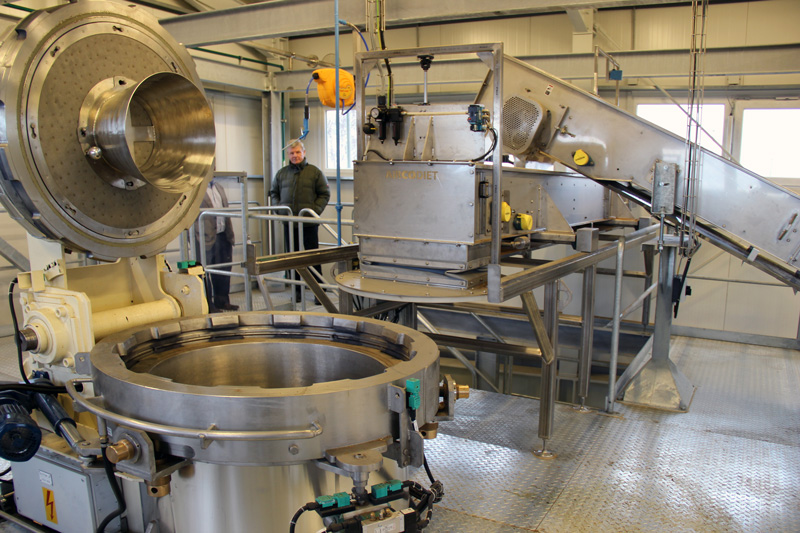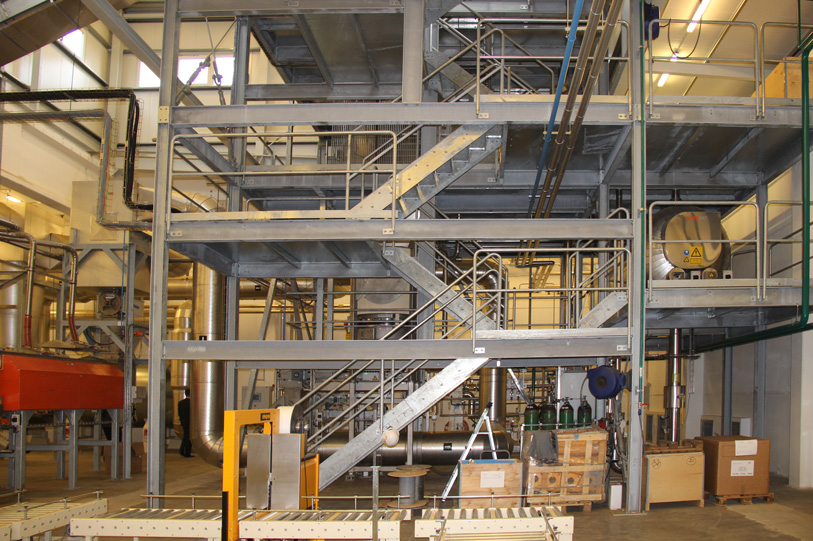DRY ICE EXPANDED TOBACCO
A unique product from NewCo’s Airco-DIET expansion plant in Hungary
Dry Ice Expanded Tobacco is the most effective tool for tar and nicotine reduction. DIET downsizes the bulk density of the cigarette blend, thus significantly reducing the manufacturing cost of RYO, MYO, SLIM, regular cigarettes, pipe tobaccos, cigarillos and/or cigars. Filling power is more than doubled.
The facility has been set up by Airco DIET at Continental’s premises in Sátoraljaújhely, a small town near the Hungarian-Slovakian border, with NewCo commercializing a high portion of the capacity.
NewCo offers all its clients the opportunity of bringing their own tobaccos to Sátoraljaújhely and expanding them to achieve the characteristics they desire. We are willing to work with our clients to develop a blend, and it will be developing some standard grades to offer to manufacturers worldwide.
Learn more about DIET
Flanked by storage tanks and 12 m tall, the plant expands tobacco by injecting it with pressurized liquid CO2. When the pressure is reduced, the liquid in the cut filler turns to dry ice. The frozen tobacco is then heated, causing it to expand.
The unit has been set up by Airco DIET, the Danish-based company generally acknowledged as the world leader in dry-ice expansion of tobacco, and has a capacity of 300 Kg/hour. A subsidiary of the CO2 plant specialist Union Engineering, Airco built the first DIET plants in 1987 in a joint venture with cigarette maker Philip Morris. Although the basic process is unchanged, today’s DIET plants bear little resemblance to their forerunners.
Pressurized liquid CO2 is fed into a metal vat called an impregnator loaded with batches of about 85 kilos each of tobacco via a conveyor belt. A door on the bottom of the impregnator allows the frozen tobacco to fall through a transfer chute to a de-clumper which returns it to a fluid state before hot gasses are used to heat the frozen tobacco cells. A higher temperature produces more volume and less aroma. Lowering the temperature reduces volume, while preserving taste. Volume can be more than doubled and CO2 is retrieved and reused as well as the heating gases recycled.



